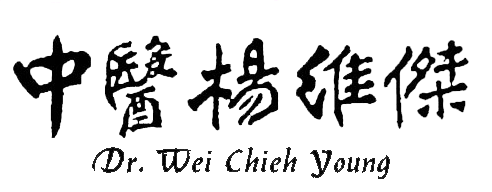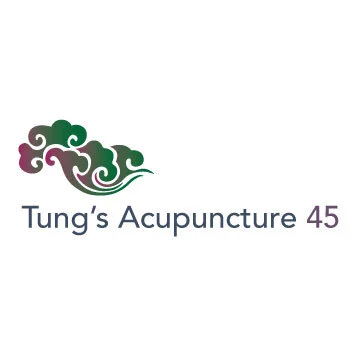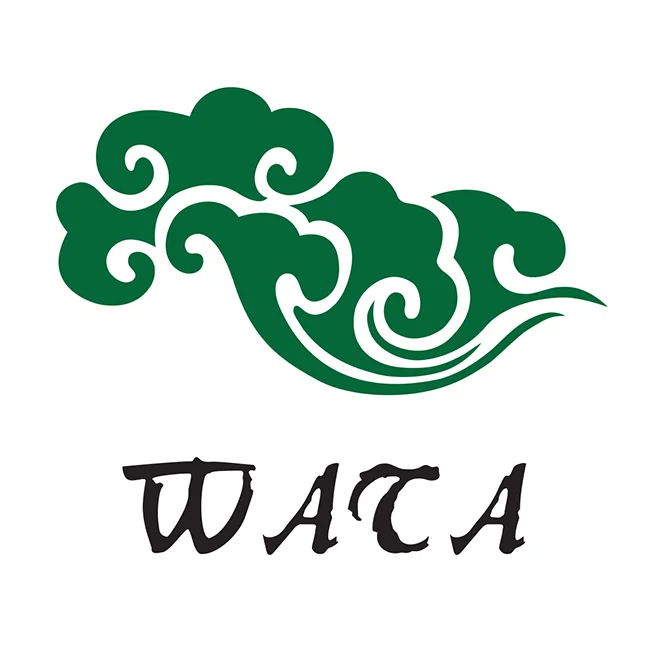2: Some people commented that when using Tung’s extraordinary points, only one disease can be treated at a time. Is it so?
/No, it is not like that. This statement truly underrates the treatment scope of the Tung’s acupuncture. Back to those old days when I followed Master Tung in the clinic, I remember most patients came to see him for various types of difficult, complicated and miscellaneous diseases. Master Tung treated several diseases of a patient at one time. In my clinical practice, most patients came to see me for difficult, complicated and miscellaneous diseases too. I also treat several diseases of a patient in the same treatment. It is not true that only one disease can be treated in the same treatment when using Tung’s acupuncture. Since the indications listed in Master Tung’s original book were very simple, if a person copies the applications mechanically without elucidation, he will feel that way. If that statement was true, then what about points of the fourteen channels? Are they also treating one disease at a time? If a patient suffers from several diseases at a time and only one disease is addressed at a time, then how long is it going to take to treat him?
There are a few principles that need users’ attention when treating several diseases with single point. First is Master Tung’s “Dong Qi (activating qi)” needling technique. Some acupuncturists may not know or do not apply Dong Qi needling technique to the treatments. Many points are able to treat multiple diseases, for example Xinmen (33.12) (heart gate) treats coccyx pain and knee pain. If the patient only has the coccyx pain, when treated by Xinmen point without Dong Qi needling technique, since only one disease attracts the energy of the needling point, it will still work; although if combining with Dong Qi needling technique, the result will be better. However, if the patient has several diseases, the energy of the single needling point Xinmen will be attracted and distributed among the several diseases and can not concentrate in treating certain disease. If the Dong Qi needling technique is applied, by activating the affected site to attract the energy of the point, then the effect will be more concentrated. Several diseases can be addressed at the same time. Take Xinmen as the example again, if the patient has coccyx and knee pains at the same time, he can exercise his lower back first and then his knee or vice versa while the acupuncturist twirls the needle. In this case, both diseases can be treated properly.
Another principle for single point treating multiple diseases is “focused disease, focused treatment.” If the disease is concentrated in one organ or one site, then the treatment is specialized in it. To treat multiple or miscellaneous diseases, the primary symptoms/patterns are addressed in the first priority and secondary symptoms/patterns are treated concurrently. This is achieved by mastering the “disease mechanism”. If the disease mechanism is the same while the symptoms are numerous and complicated, only single or a small set of points are sufficient to treat multiple diseases. Details for “Yi Bing Tong Zhi (different diseases treated by the same treatment methods) have been described in previous discussion questions. Here I would not waste any more space for that.











今年 2020 為 董公景昌博士逝世45週年,為紀念 董公傳授絕學之用心,讓董氏針灸更加發揚,特舉董景昌逝世四十五週年紀念學術大會。